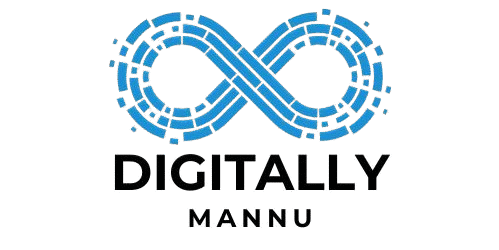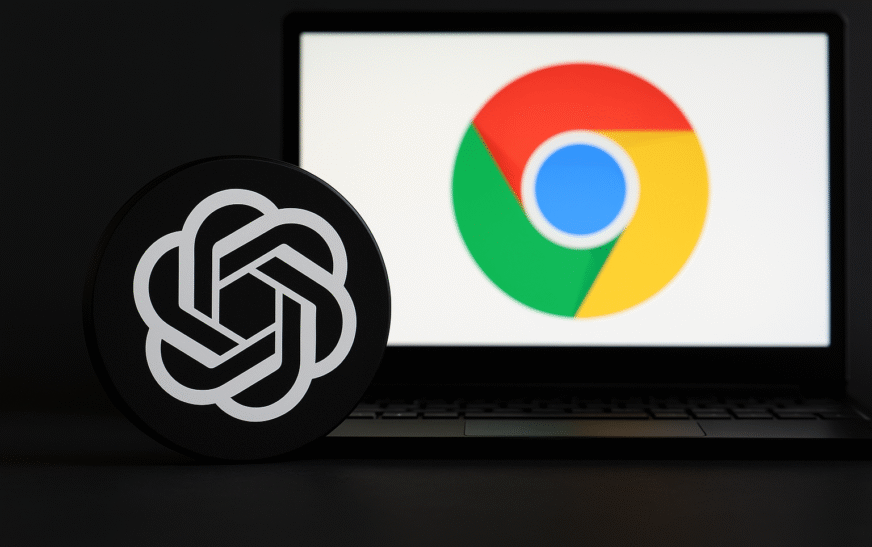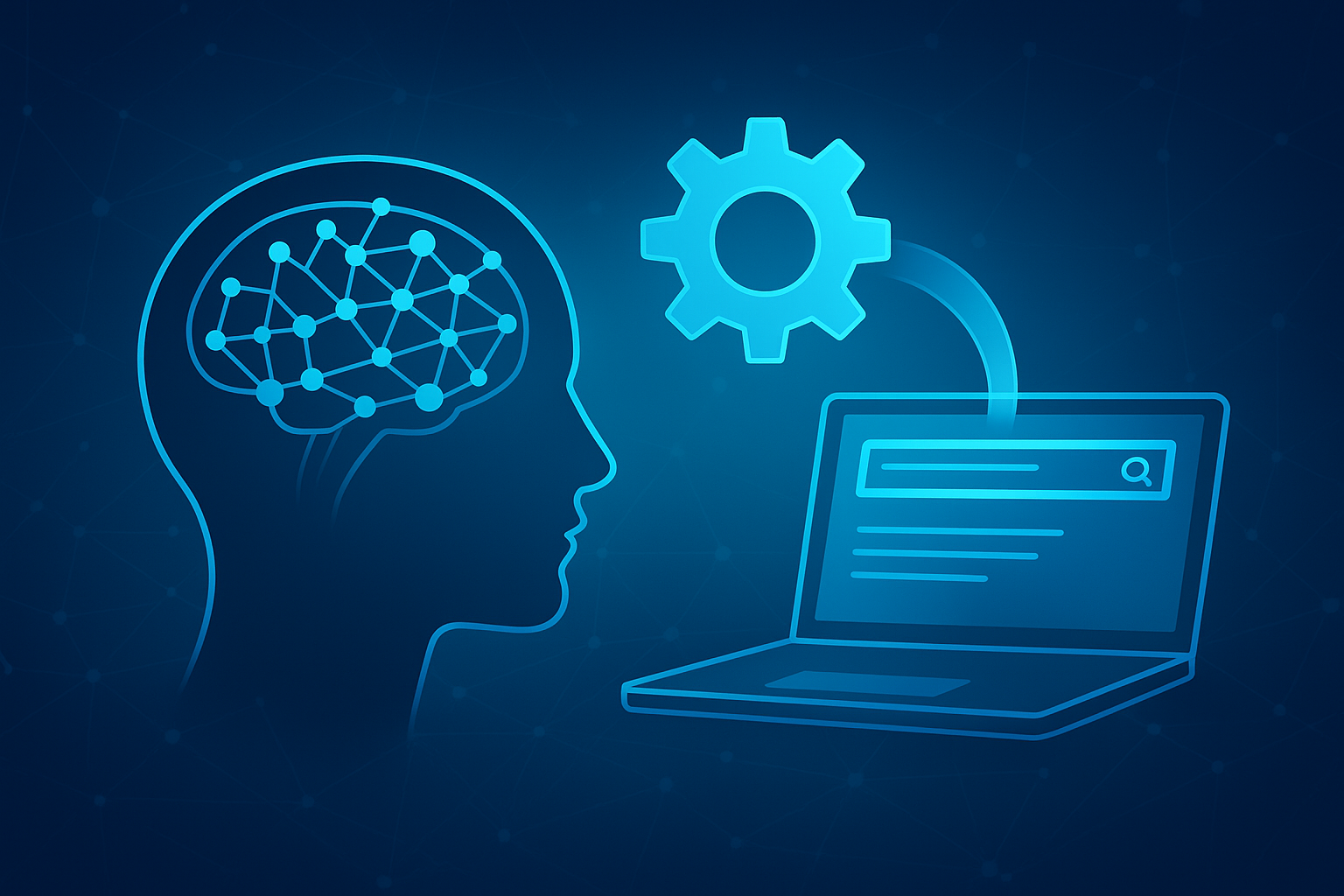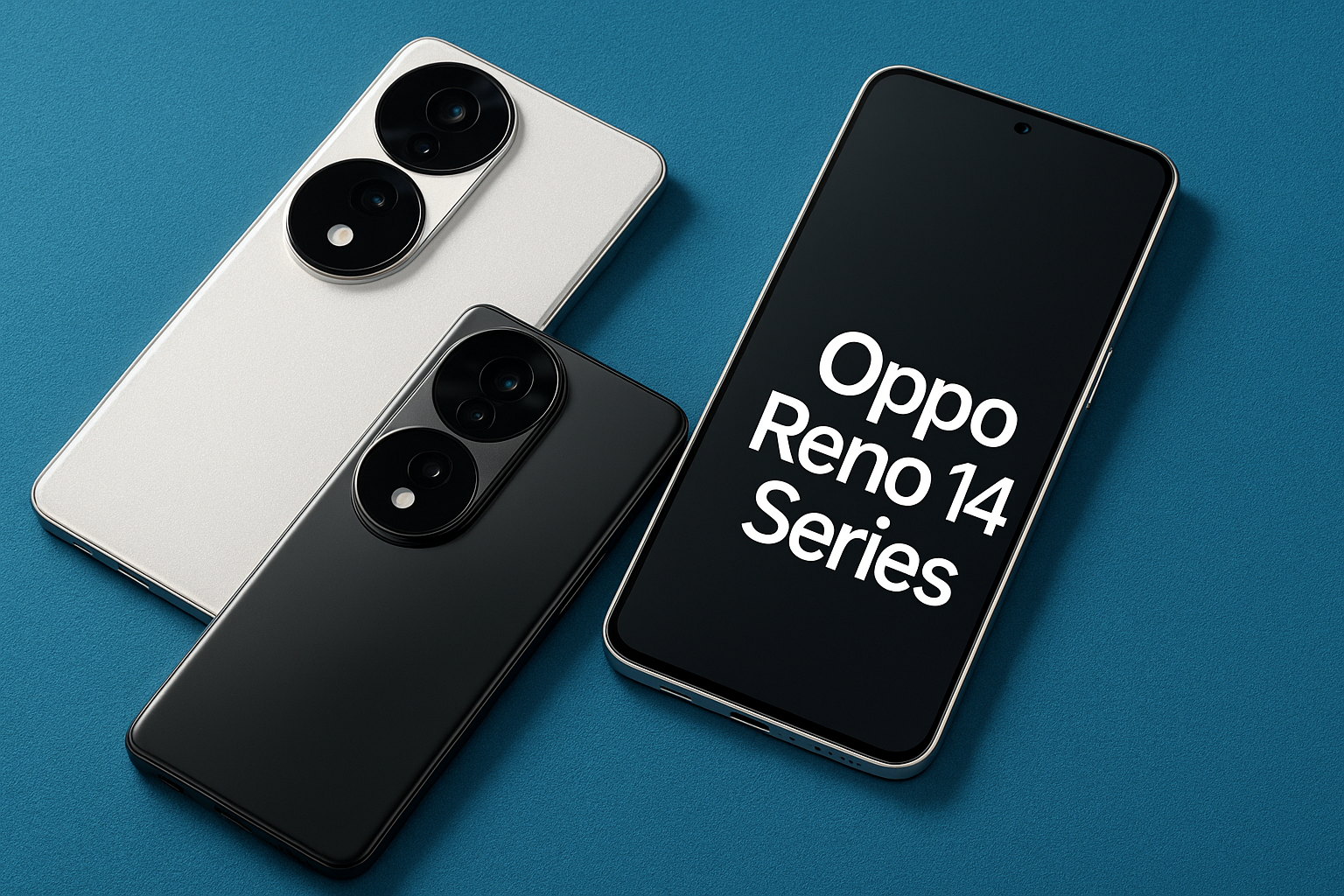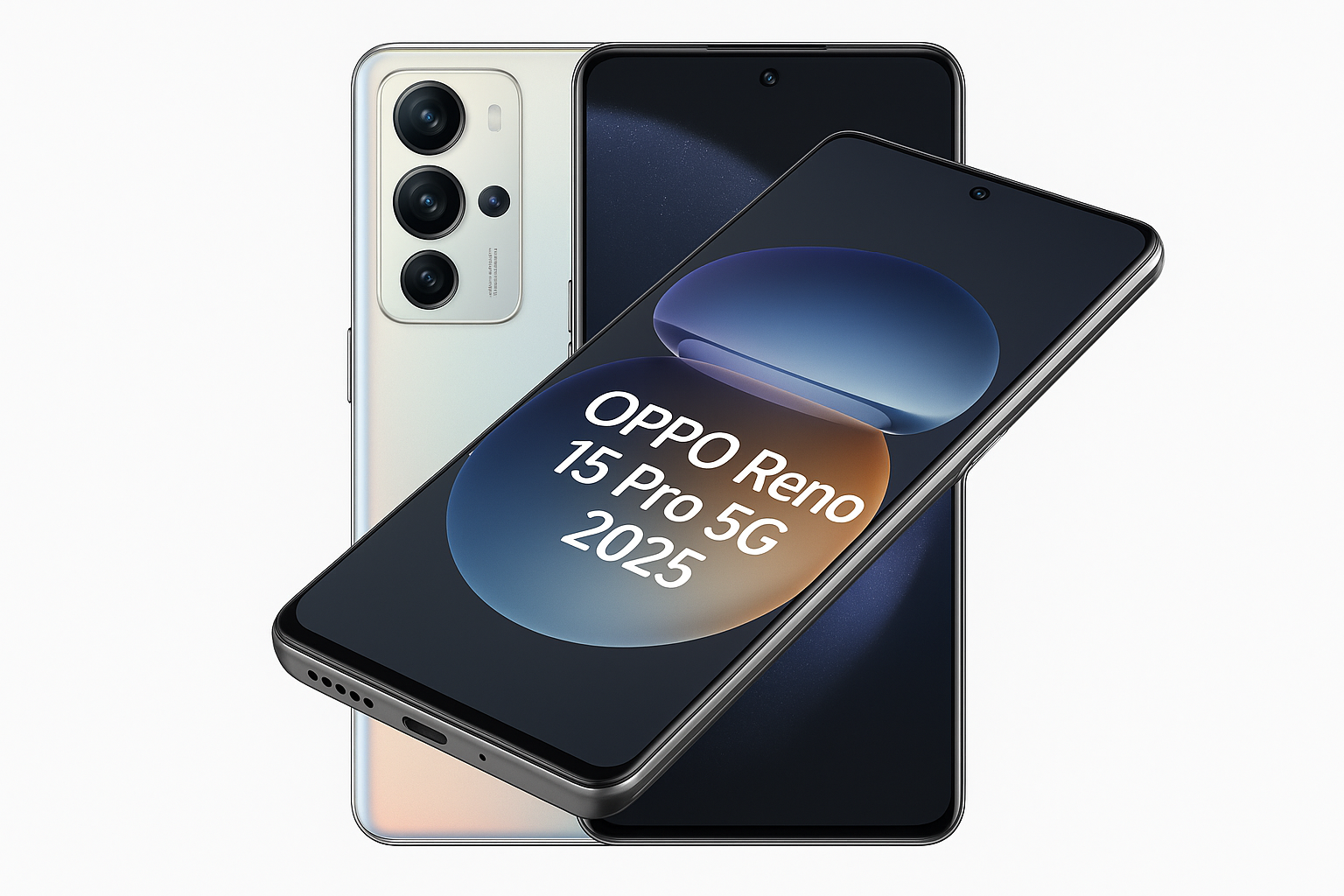Tech enthusiasts and industry insiders are buzzing with anticipation as OpenAI prepares to release its own AI-powered web browser—a direct challenge to the market-dominating Google Chrome.
This move is seen as a bold step by OpenAI to redefine how users interact with the web by embedding artificial intelligence into every aspect of the browsing experience. As AI technology becomes mainstream, OpenAI’s vision signals a new era where your browser doesn’t just display web pages but actively helps you navigate, summarize, and act on information.
This article offers a complete, SEO-friendly, and original analysis of what this launch means, what to expect, and why it might reshape the competitive landscape.
Why Is OpenAI Entering the Browser Market?
While Google Chrome currently dominates the browser market with over 60% share, it has faced criticism for issues like:
Heavy memory usage
Intrusive tracking
Limited built-in AI capabilities
OpenAI, known for models like ChatGPT, GPT-4, and DALL·E, has spent years making natural language AI more accessible. By launching its own OpenAI web browser, the company aims to deliver an experience where the AI is not an add-on but the core of the interface.
OpenAI’s browser is expected to provide features like:
✅ Automatic content summarization
✅ Contextual search with natural language queries
✅ Personalized recommendations without invasive tracking
✅ Seamless integration with ChatGPT-like assistants
The goal? Make the web simpler, smarter, and more human-friendly.
Core Features of the OpenAI Web Browser
Let’s dive into what makes this Google Chrome competitor so exciting:
AI Assistant Built In
Unlike Chrome, which relies on extensions, OpenAI’s browser will ship with a native assistant capable of:
Summarizing articles instantly
Answering questions about any webpage
Translating and explaining complex content in real-time
This alone sets it apart from existing browsers.
Privacy-First Approach
One of Chrome’s biggest criticisms is user tracking for advertising. OpenAI claims its browser will emphasize:
Local AI processing wherever possible
Minimal data collection
Clear user controls over sharing
This approach will appeal to privacy-conscious users wary of Google’s advertising business model.
Seamless Integration with OpenAI’s Ecosystem
Expect smooth connections with:
ChatGPT accounts
DALL·E image generation
Code Interpreter/advanced data analysis tools
For professionals and researchers, this will be a major productivity booster.
How OpenAI Plans to Compete with Google Chrome
Google Chrome’s success is built on speed, simplicity, and integration with Google services. But user needs are evolving.
OpenAI is betting on AI-powered browser features to win over users who want:
✅ Less time reading long articles thanks to AI summaries
✅ Better search results using natural language
✅ Real help completing tasks like writing, coding, or research
To compete with Chrome’s market share, OpenAI is expected to:
Offer a free version with strong features
Release premium tiers with advanced AI capabilities
Build open-source components to encourage developer adoption
OpenAI is aware that it can’t beat Chrome on brand loyalty alone—it needs a fundamentally different, better experience.
The Impact on the Browser Industry
The launch of the OpenAI web browser isn’t just about one company vs. Google. It’s about the future of the web itself.
Browsers have barely evolved in decades, still presenting static pages with limited built-in intelligence. OpenAI wants to change that by:
Turning the browser into an interactive AI workspace
Making complex research tasks simpler
Helping users understand and act on information faster
If successful, this will force Chrome, Safari, Firefox, and Edge to step up their own AI integrations.
Advantages for Users
Why should everyday users consider switching? Here are some potential benefits:
✅ Save time: No more skimming long pages—get instant, high-quality summaries.
✅ Better understanding: AI can explain technical or foreign-language content.
✅ Enhanced productivity: Integrate ChatGPT for writing, brainstorming, coding, and planning directly in your browser.
✅ Greater control: Unlike Google Chrome’s tracking-heavy model, OpenAI promises privacy-first design.
Challenges Ahead for OpenAI
Of course, competing with Google Chrome isn’t easy. OpenAI’s browser will need to overcome:
⚠️ User inertia—millions are used to Chrome and its ecosystem
⚠️ Compatibility with existing web apps and extensions
⚠️ Ensuring security while running advanced AI models
⚠️ Balancing AI processing speed with resource usage on typical computers
How well OpenAI manages these challenges will determine whether it can win meaningful market share.
What Experts Are Saying
Industry analysts are cautiously optimistic. They point out that:
AI is the next frontier in software user interfaces
Google will likely respond aggressively with its own AI integrations in Chrome
There’s growing demand for privacy-focused alternatives
For OpenAI, the key will be delivering a genuinely better experience—not just a gimmicky AI overlay.
Final Thoughts on OpenAI’s Challenge to Google Chrome
OpenAI’s decision to launch an AI-powered web browser is one of the boldest moves in the tech industry this year. By directly challenging Google Chrome with built-in advanced AI, they’re betting big on the future of the web.
For users, this means more choice and the possibility of a truly smart, helpful browsing experience. For Google and other browser makers, it’s a wake-up call to innovate faster.
As the release date approaches, all eyes will be on OpenAI to see if it can deliver on its ambitious promise to make browsing more intelligent, personal, and private.
